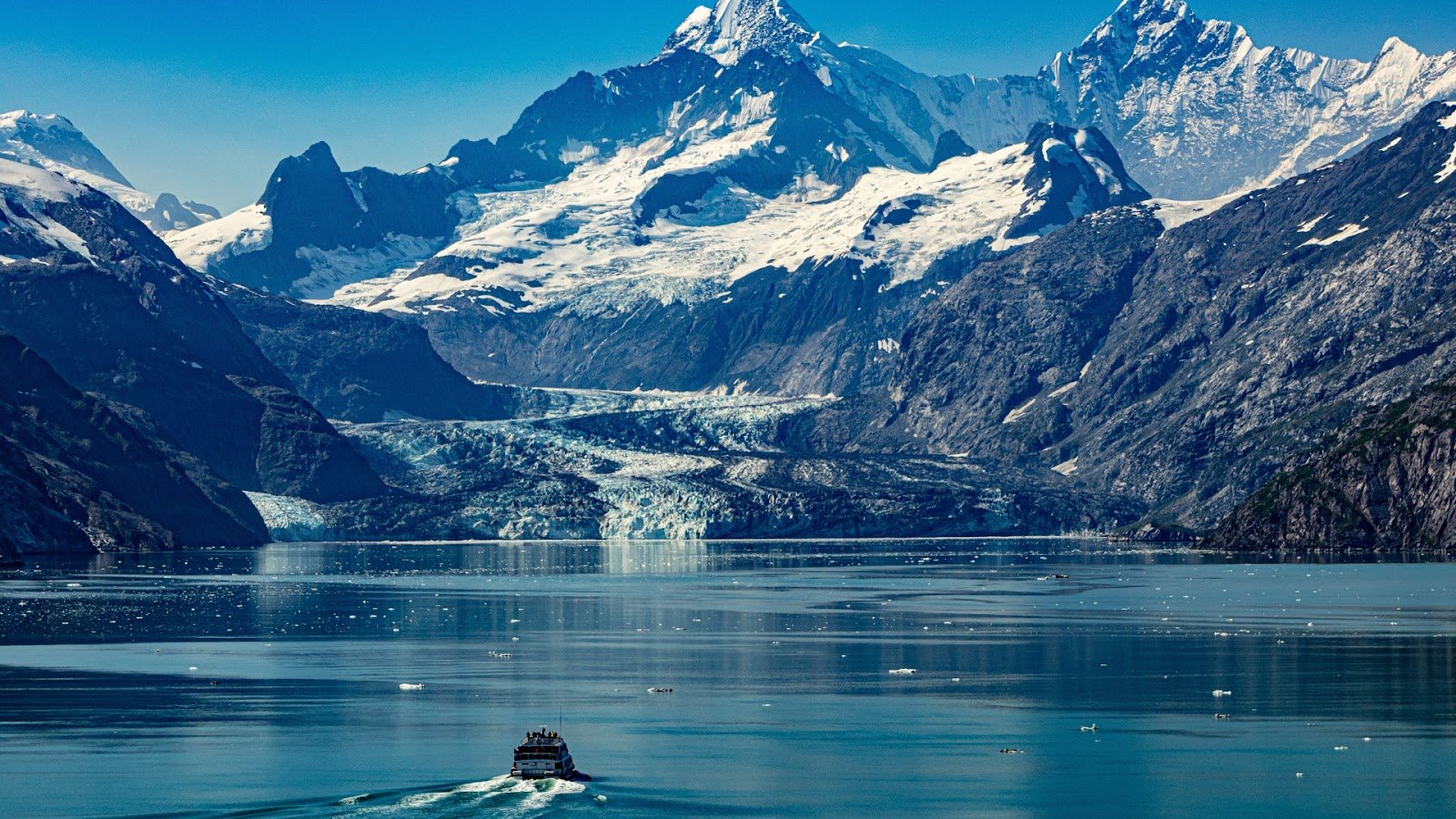
Alaska’s Glacier Bay National Park and Preserve offers an amazing wild experience. It stretches over 3.3 million acres in Southeast Alaska. That makes it one of America’s biggest national parks. Here, massive glaciers meet clear ocean waters. Wildlife roams free across untouched land.
This park became a UNESCO World Heritage Site in 1980. It safeguards a unique ecosystem still being carved by glaciers. You’ll see nature’s power firsthand: ice chunks crash into the sea while whales jump nearby. It feels like time stands still between old ice and vast sky.
Getting There And When to Visit
Most folks arrive at Glacier Bay through Gustavus, Alaska. Small planes fly there from Juneau. Big cruise ships dock right at Bartlett Cove. Remember, no roads reach this spot – that remoteness adds to its appeal.
Plan your trip between May and September. That’s when you’ll find warmer days and more sunlight:
- July & August: See the most animals, but expect more people.
- May & September: Enjoy quieter visits, though it’ll be a bit cooler.
Conditions shift fast here. Packing right is key:
- Bring layers you can add or remove.
- Waterproof outerwear is essential.
- Include warm clothes, no matter the season.
Summer temps usually sit between 50 and 70°F. But rain and wind can show up suddenly, anytime.
Glacier Viewing Adventures
Boat Tours and Cruises
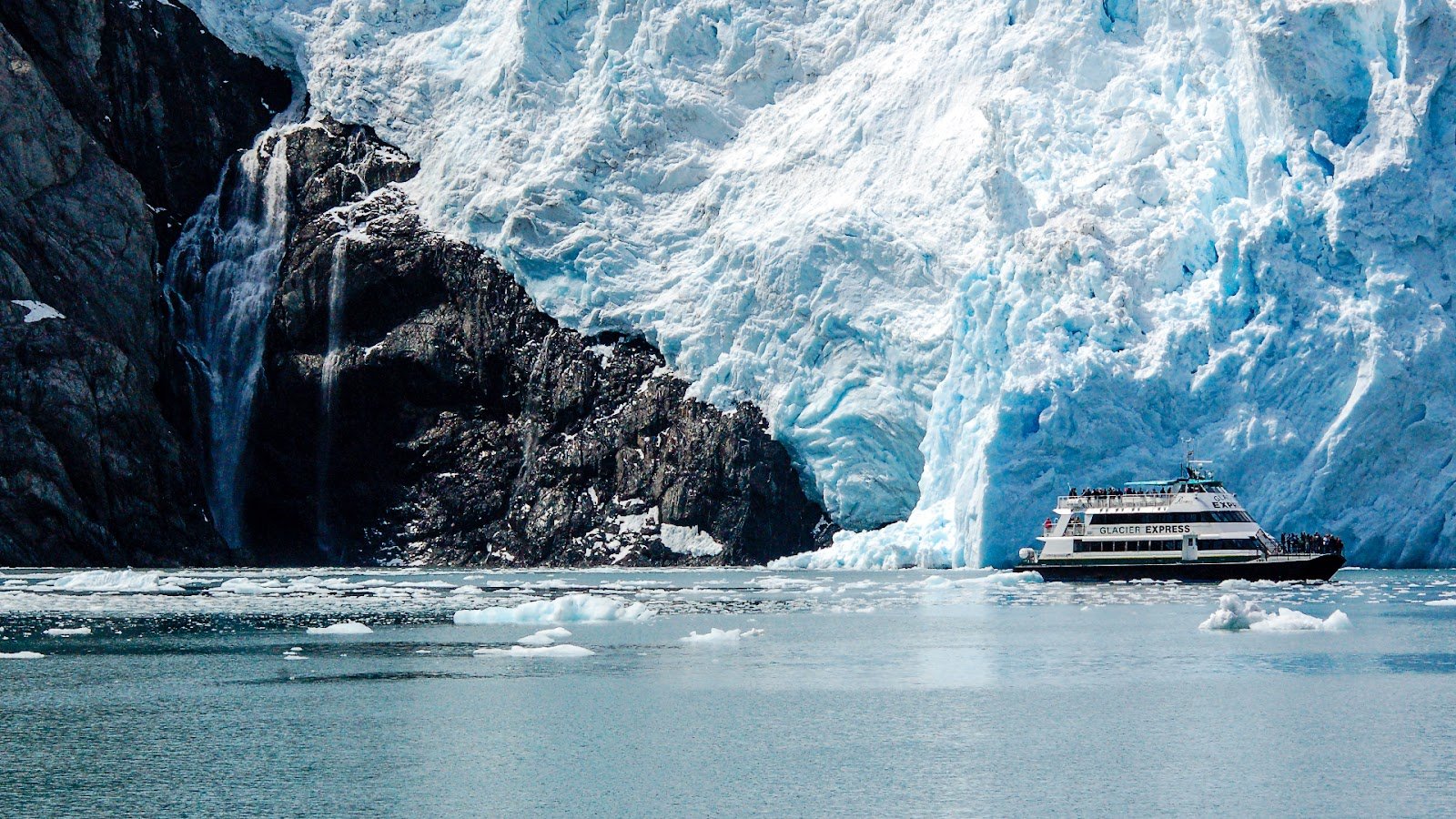
Want to see Glacier Bay’s main attraction? Get near its huge tidewater glaciers. These frozen rivers pour straight into the sea, building towering ice walls hundreds of feet high.
Day trips leave from Bartlett Cove, taking people deep among glaciers. An 8-hour journey covers 120 miles roundtrip, showing off several glaciers like Johns Hopkins and Margerie. Park rangers on board explain how glaciers work and share local stories.
For more flexibility, consider a private charter. It’s great for photographers or small groups. Charter captains change routes if they spot wildlife or weather shifts. They often reach quiet inlets too small for big boats.
Cruise ships offer another view, positioning massive vessels for good scenery. While less personal than small boats, they provide steady platforms for photos and comfy viewing spots.
Kayaking Among Ice
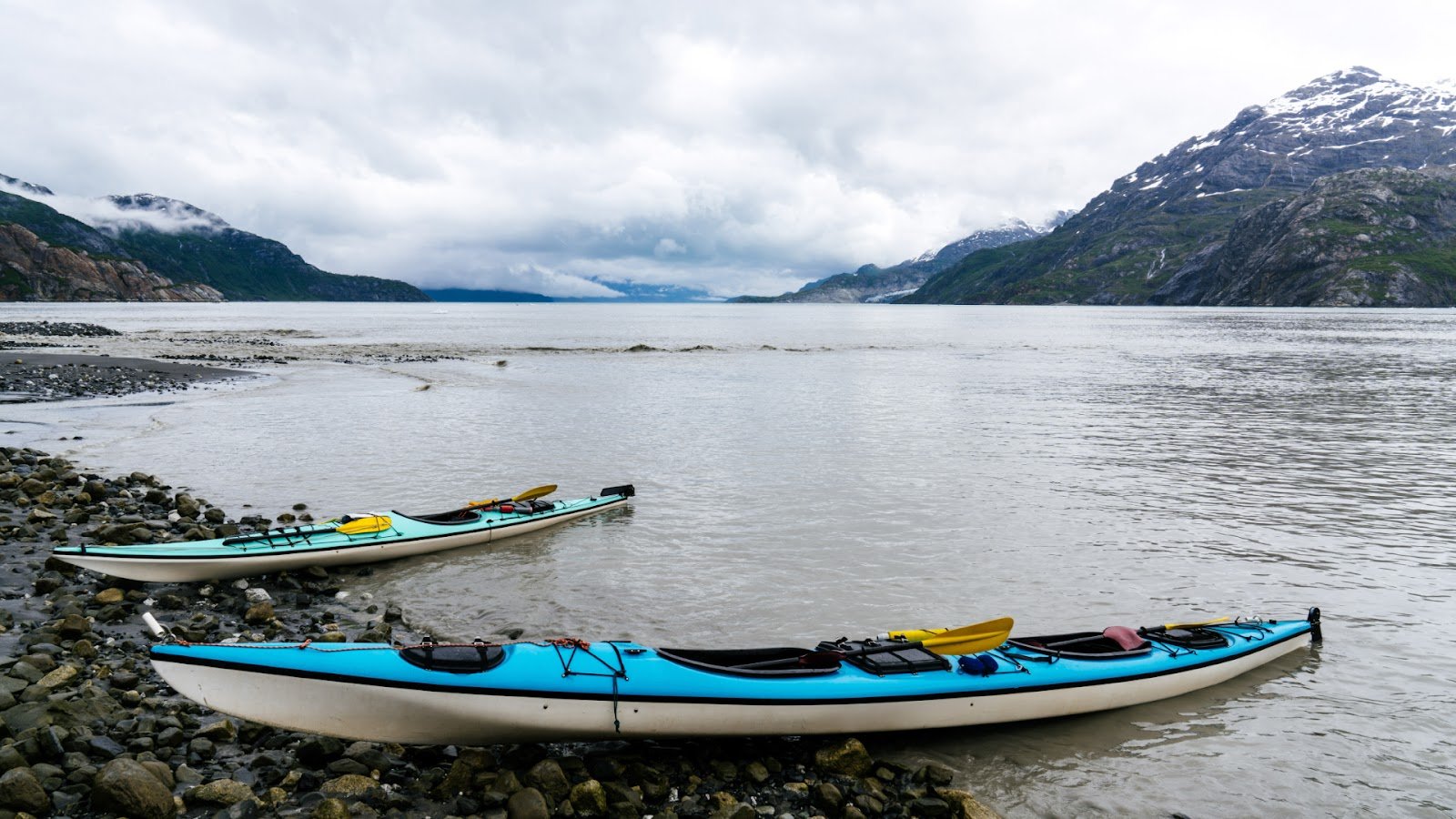
Gliding along at water level beside massive glaciers? It makes you feel pretty small. Paddle through waters dotted with ice, listening to those glaciers groan and crack. Watch small icebergs – folks call them “bergy bits” – float past your kayak like frozen art.
Want a longer adventure? Guided trips last several days. You camp on remote beaches and explore new areas each day. Guides handle all the planning and gear. They also share cool facts about how glaciers form and the local sea life. Think 3 to 7 days out there.
Short on time or new to kayaking? Day trips are your best bet. Outfitters run half-day or full-day paddles starting from Bartlett Cove. They provide all equipment and basic lessons.
Going solo? That’s serious. You need permits and a lot of planning. Only truly experienced paddlers should try it. The weather shifts fast. Tires change. Ice moves. Challenges pop up constantly, and you’re on your own.
Wildlife Watching Opportunities
Glacier Bay is teeming with wildlife. You’ll find plenty of creatures on land and in surrounding waters. What you see changes with the seasons – different animals show up, doing different things.
Marine Wildlife
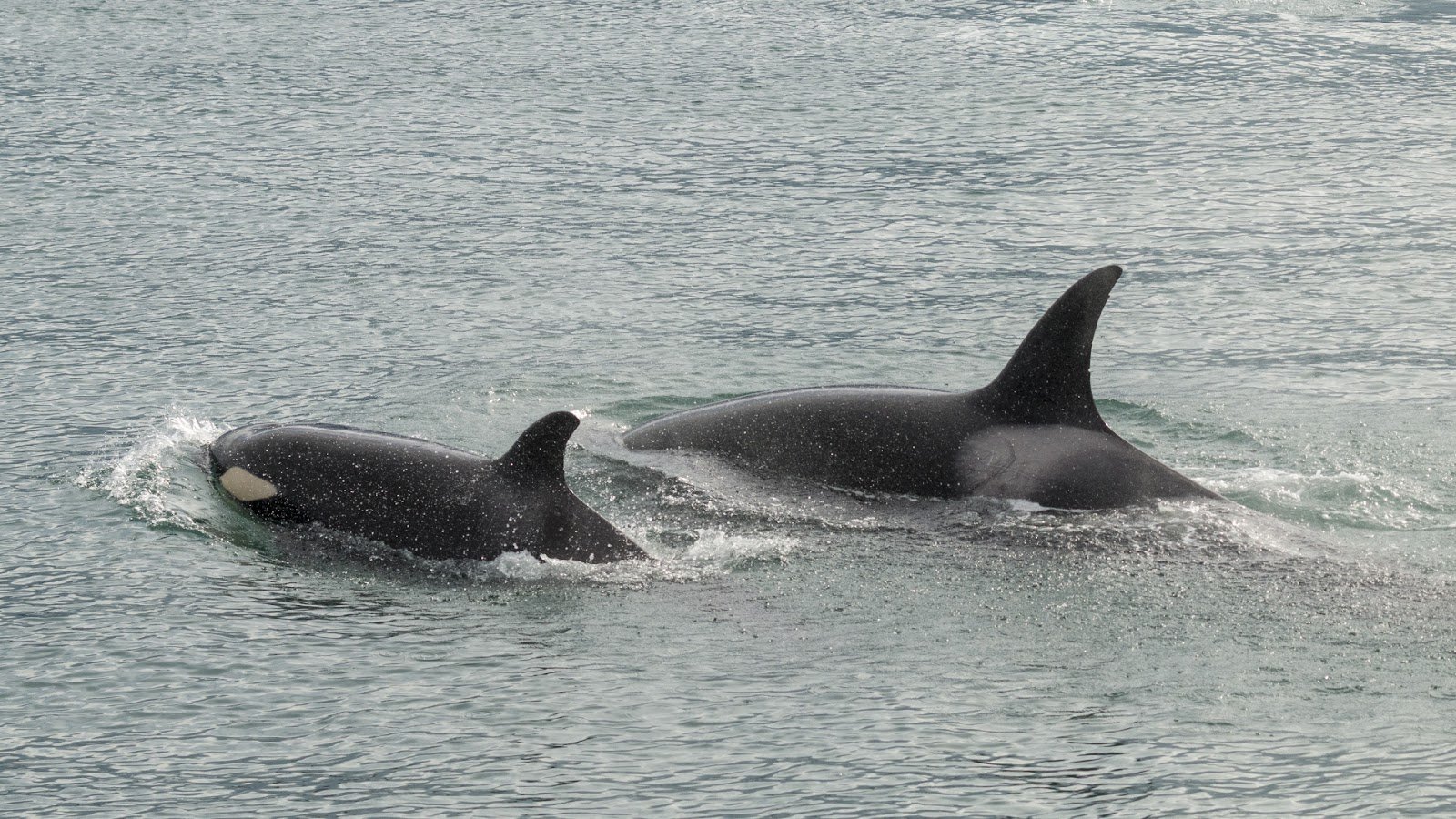
From May to September, humpback whales feed here on krill and small fish. You might spot these giants – reaching 40 feet – breaching dramatically or using bubble nets. Best viewing? Often early morning or evening.
Orca family pods travel through Glacier Bay hunting salmon or marine mammals. Their bold black-and-white coloring makes them easy to identify, whether you’re on a boat or shore.
Look for sea otters floating on backs in kelp beds. They use rocks to crack open sea urchins and clams. Though fur hunting nearly wiped them out, these playful creatures have rebounded well.
Harbor seals and Steller sea lions haul out on ice floes and rocky shores. Seals birth pups on icebergs come spring, offering great shots for photographers.
Porpoises dart through water in small groups. They sometimes ride bow waves created by passing boats.
Land Animals
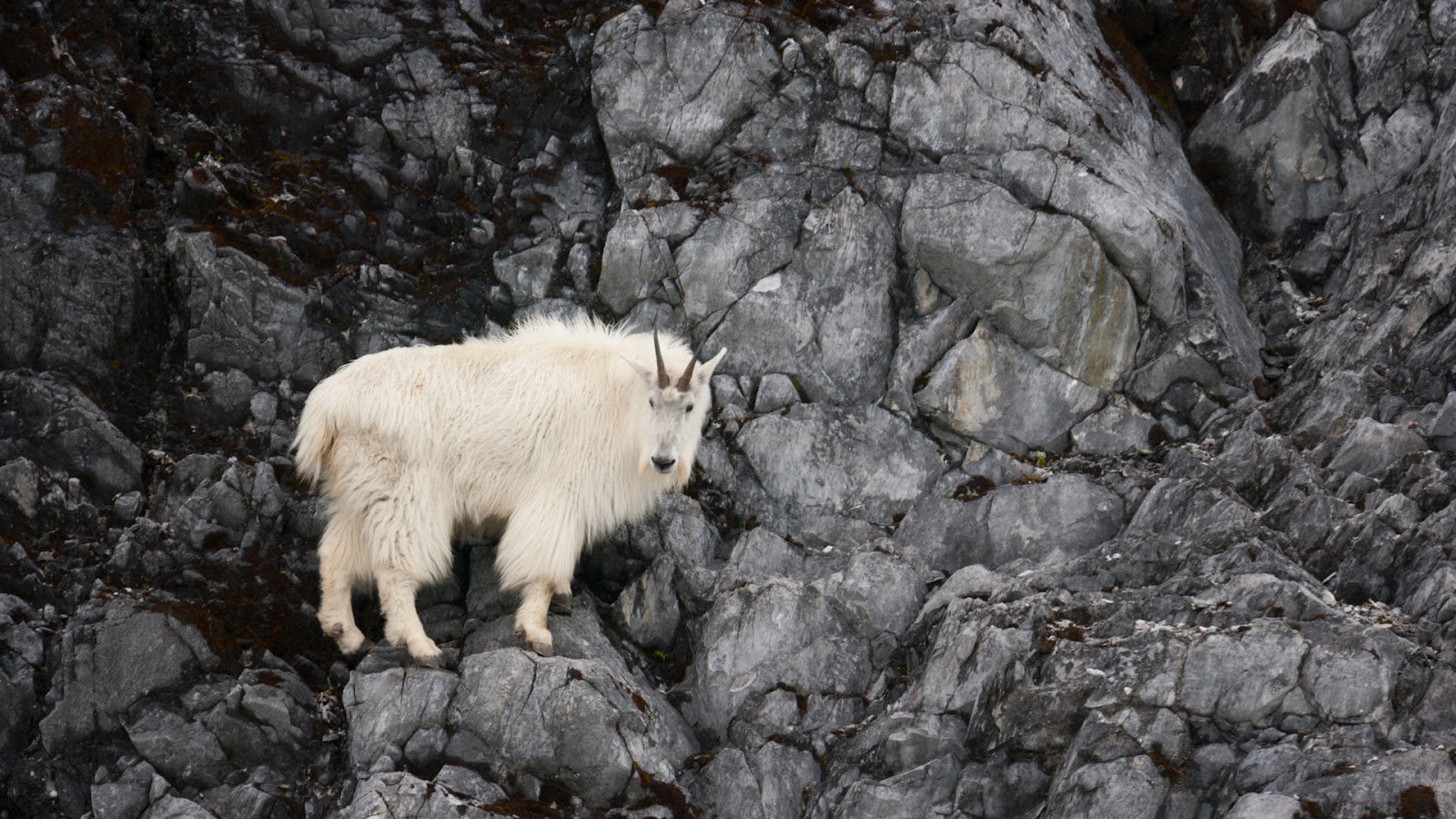
Brown and black bears roam coastal spots and salmon streams. In summer, berry patches and fish runs draw these powerful animals close. Always keep distance and follow bear safety rules.
Mountain goats pick their way up steep cliffs with amazing agility. You’ll need binoculars to spot white-coated climbers high on rocky outcrops, above where trees grow.
Wolves sometimes pass along shorelines or through open meadows. These shy predators move in small groups, usually avoiding people.
Moose wade in wetlands, munching on water plants. Bull moose sport impressive antlers during fall mating season.
Bird Life
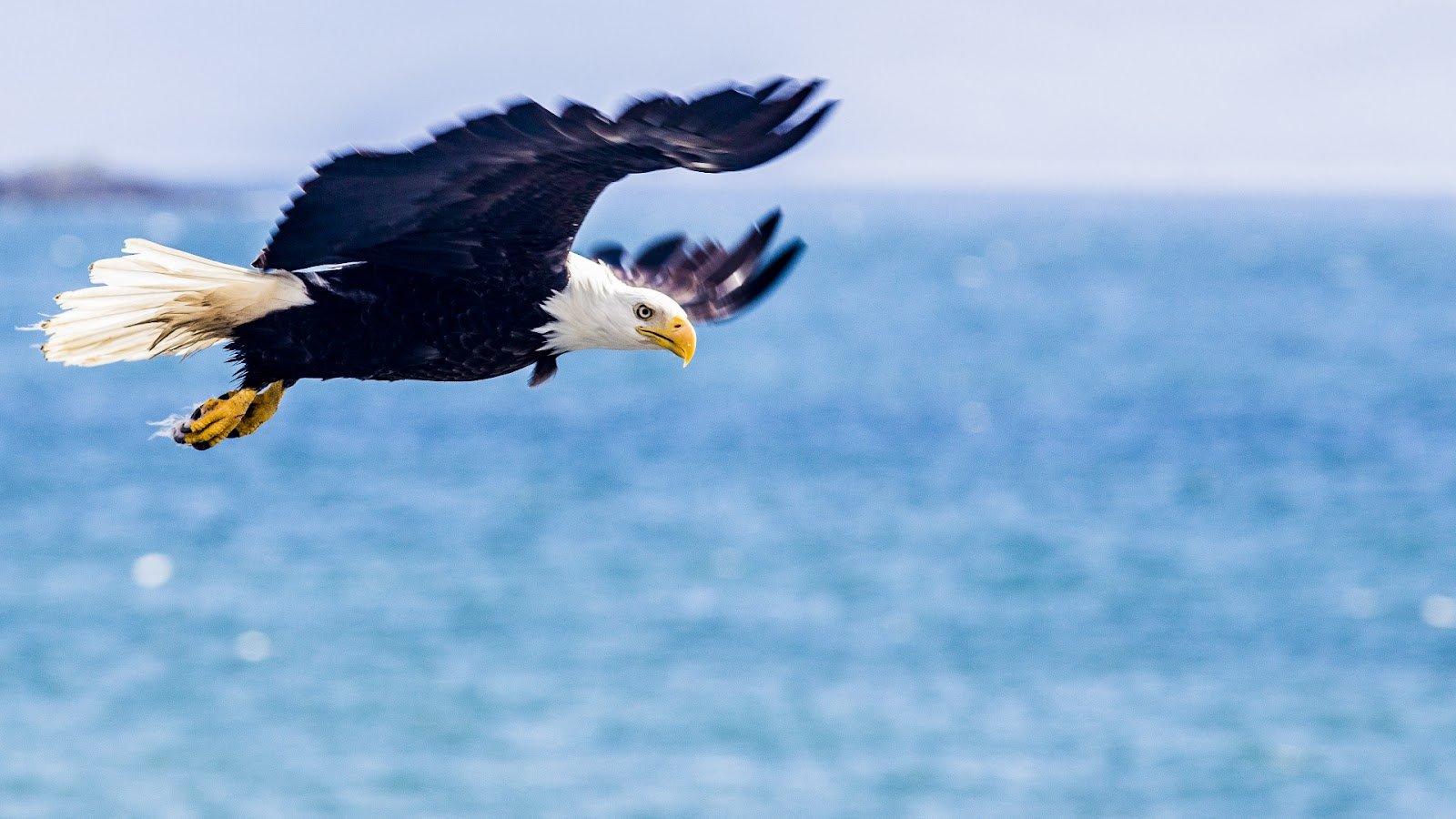
Glacier Bay hosts over 280 bird species. You’ll see bald eagles soaring high or perched in tall spruce trees. Clever ravens show their smarts, often scavenging near campsites.
Come summer, coastal cliffs bustle with nesting puffins, murres, and guillemots. These seabirds dive deep for fish, bringing meals back to hungry chicks.
Listen for sandhill cranes during spring and fall migrations; their unique calls carry over wetlands. In shallow waters, great blue herons stand perfectly still, ready to spear passing fish.
Hiking and Backpacking
Day Hiking Trails
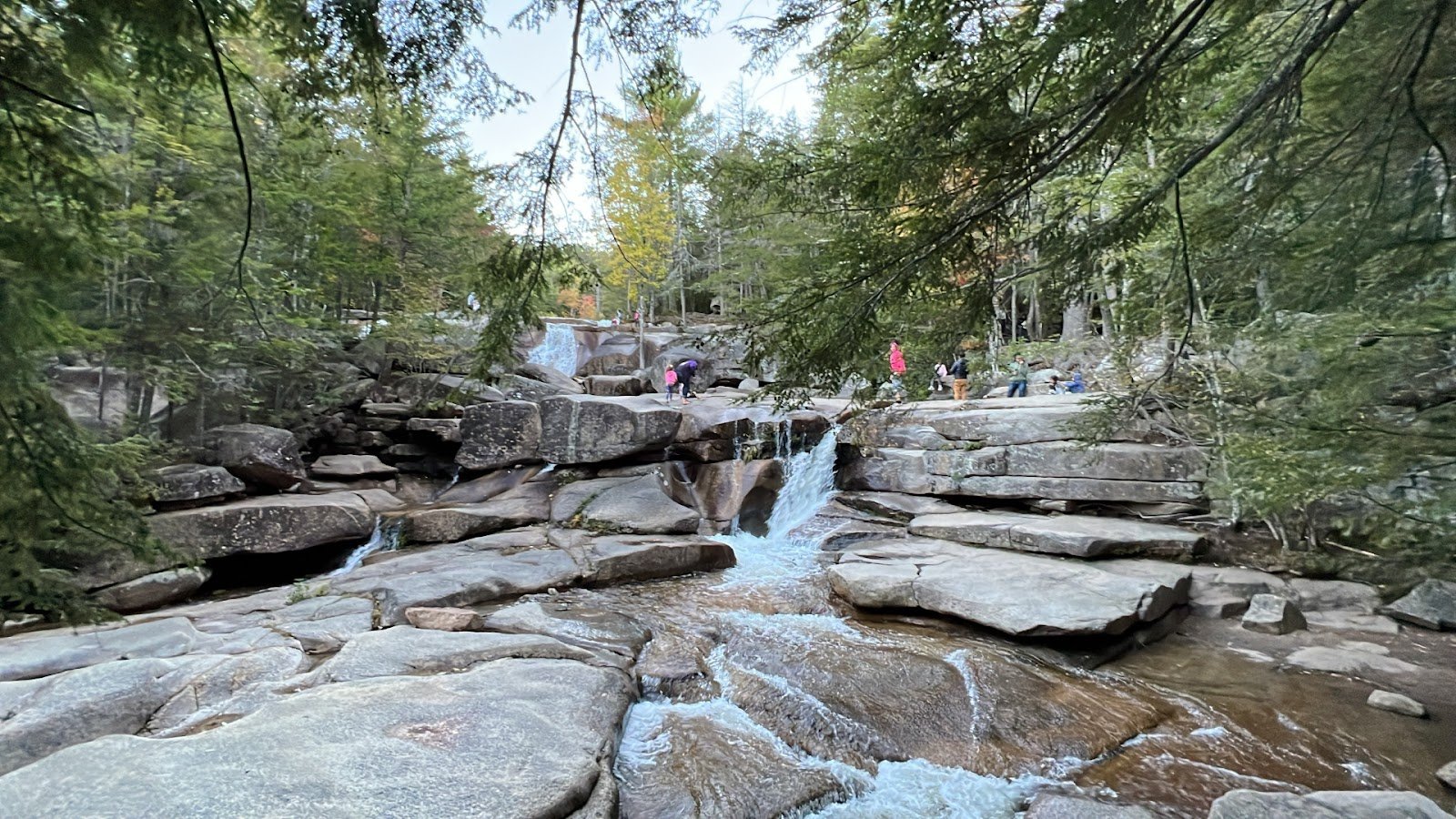
Take Bartlett River Trail for an easy 4-mile walk through temperate rainforest. This level path follows an old mining road. Late summer brings chances to spot salmon spawning.
Forest Loop Trail circles for a mile within dense spruce and hemlock forest near Bartlett Cove. Signs along the way tell you about plant groups and how the forest works.
Head to Bartlett Lake Trail for an 8-mile roundtrip hike. This moderate path climbs gently to a pristine mountain lake. You’ll walk through changing zones, from coastal forest up to alpine meadows.
No trail needed for beach walks along Bartlett Cove shoreline. Explore tide pools, hunt for neat driftwood, and watch for marine life. Remember to check tide tables before going out.
Backcountry Camping
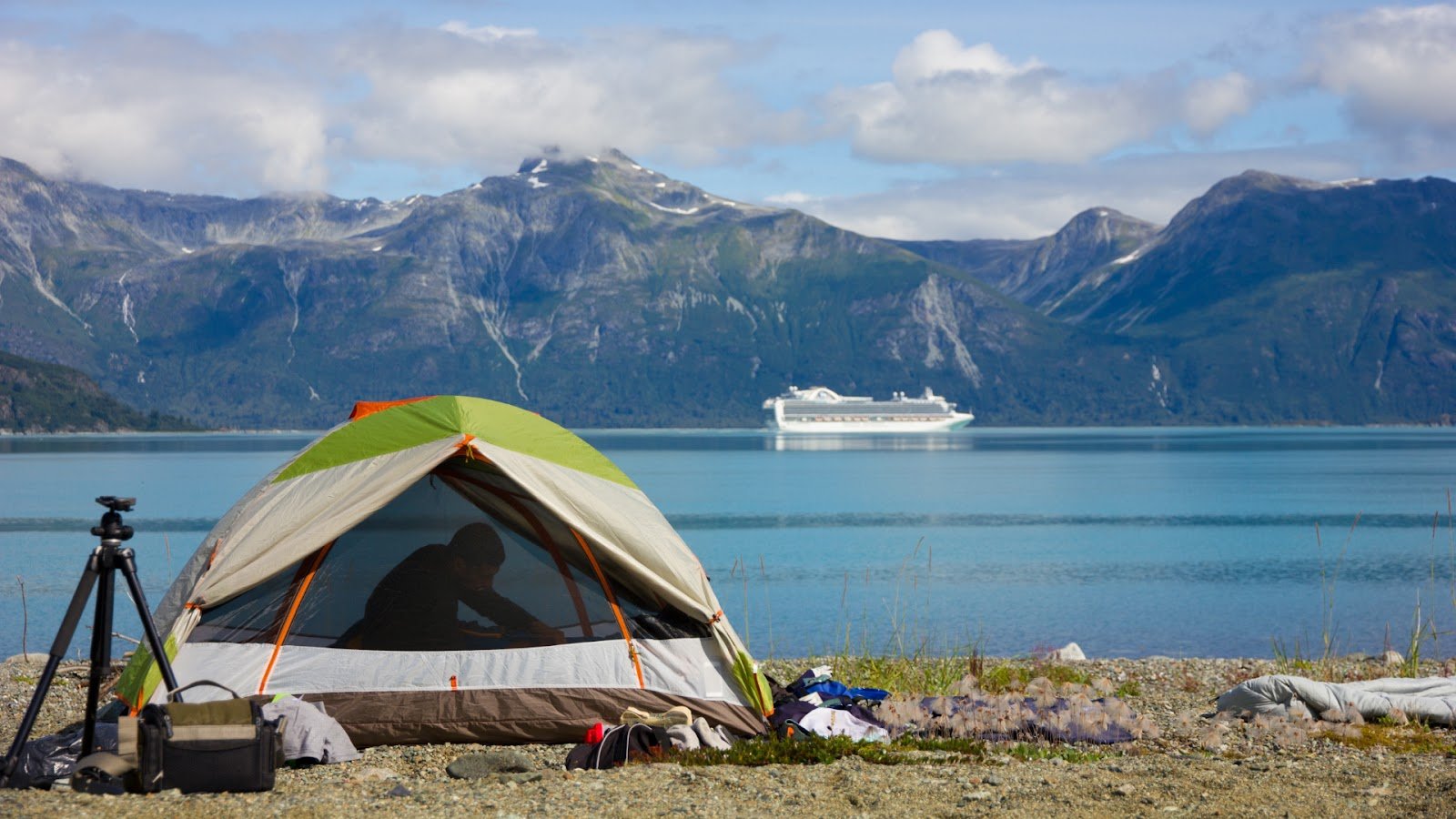
Experienced backpackers can head deep into wild areas beyond marked trails. Just remember, you need a permit for any backcountry camping spot. Everyone also has to go to a required orientation session first.
East Arm is packed with great backpacking. You’ll find established campsites there, plus some really stunning mountain views. Water comes from streams fed by glaciers. During the short summer, alpine meadows burst with wildflowers.
West Arm offers tougher terrain. It’s a challenge, but rewards you with untouched wilderness. Fewer people make it out here, so finding solitude is much easier.
Camping along the coast? Pay close attention to tides and weather. Always pick your campsite above the high tide mark and well clear of storm surge areas.
Fishing Adventures

Glacier Bay has great fishing. You’ll find saltwater spots and freshwater streams ready for casting.
Saltwater Fishing
Halibut here get huge in deep cold waters. Charter boats go after these flatfish with heavy gear and big baits. Anglers regularly catch them over 100 pounds, and they’re fantastic eating.
All five types of Pacific salmon run through here. King salmon (Chinook) grow impressively large. Silver salmon (Coho) fight hard on lighter tackle. Pink salmon show up every other year in massive numbers.
Rockfish live deeper down. They offer steady bites when other fish aren’t cooperating. You’ll find many colorful kinds of these bottom dwellers, and they pack a punch on the plate.
Freshwater Fishing
Dolly Varden char live in clear mountain streams and lakes. Come spawning season, they show off beautiful bright colors. Anglers enjoy catching them using light tackle.
You’ll find rainbow trout populations in several lakes. These native fish eat insects and smaller fish. That habit makes for exciting dry fly fishing.
Grayling inhabit certain high-altitude lakes. They have a distinctive large dorsal fin and eagerly take flies. Backcountry anglers really prize these fish.
Photography Tips and Locations
Glacier Bay is a photographer’s dream. You can snap stunning shots there, whether it’s close-ups of animals or wide-open views of mountains and ice.
Best Photography Locations
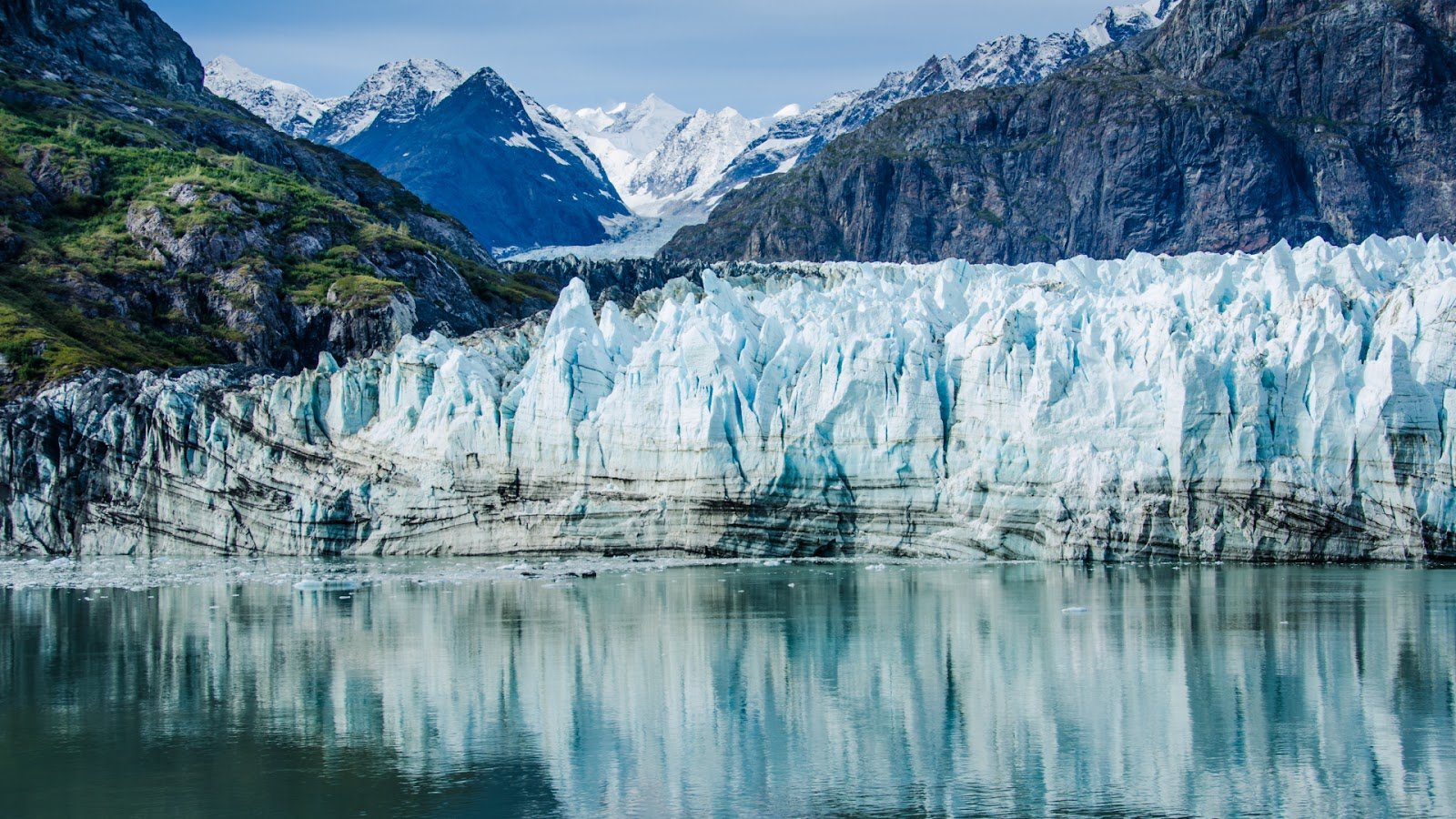
Margerie Glacier serves up classic glacier shots. You get dramatic ice walls backed by mountains. For best photos, park your boat sideways to the glacier face.
Johns Hopkins Inlet packs in several glaciers. Wildlife watching here is excellent. Harbor seals love lounging on icebergs – perfect subjects for your foreground.
Lamplugh Glacier shows off stunning blue ice. It’s active too. Be ready to snap shots when chunks break off into the water.
Bartlett Cove’s shoreline shines at sunrise and sunset. Blend beach elements with mountain silhouettes for really strong compositions.
Technical Considerations
Keep gear safe from salt spray and dampness. Use weather-sealed gear or protective covers. Cold really zaps power, so pack extra batteries.
Consider filters:
- A polarizer cuts glare off water and ice, making skies pop more.
- A graduated ND filter evens out exposure between bright skies and darker land.
Lens choice matters:
- Get close to wildlife safely with a telephoto lens.
- Capture wide landscapes or tight boat spaces using a wide-angle.
Native Heritage
For ages, Tlingit people have called this area home. Their culture is vibrant. It includes amazing art, intricate social ways, and a strong bond with both land and sea.
Nearby in Hoonah, Huna Tribal House shares Tlingit culture. You can see performances, art demos, and storytelling. Guides explain traditional hunting, fishing, and gathering methods.
Place names throughout Glacier Bay really come from the Tlingit language. Learning these names shows how indigenous people knew and moved through this land.
Practical Planning Information
Accommodations
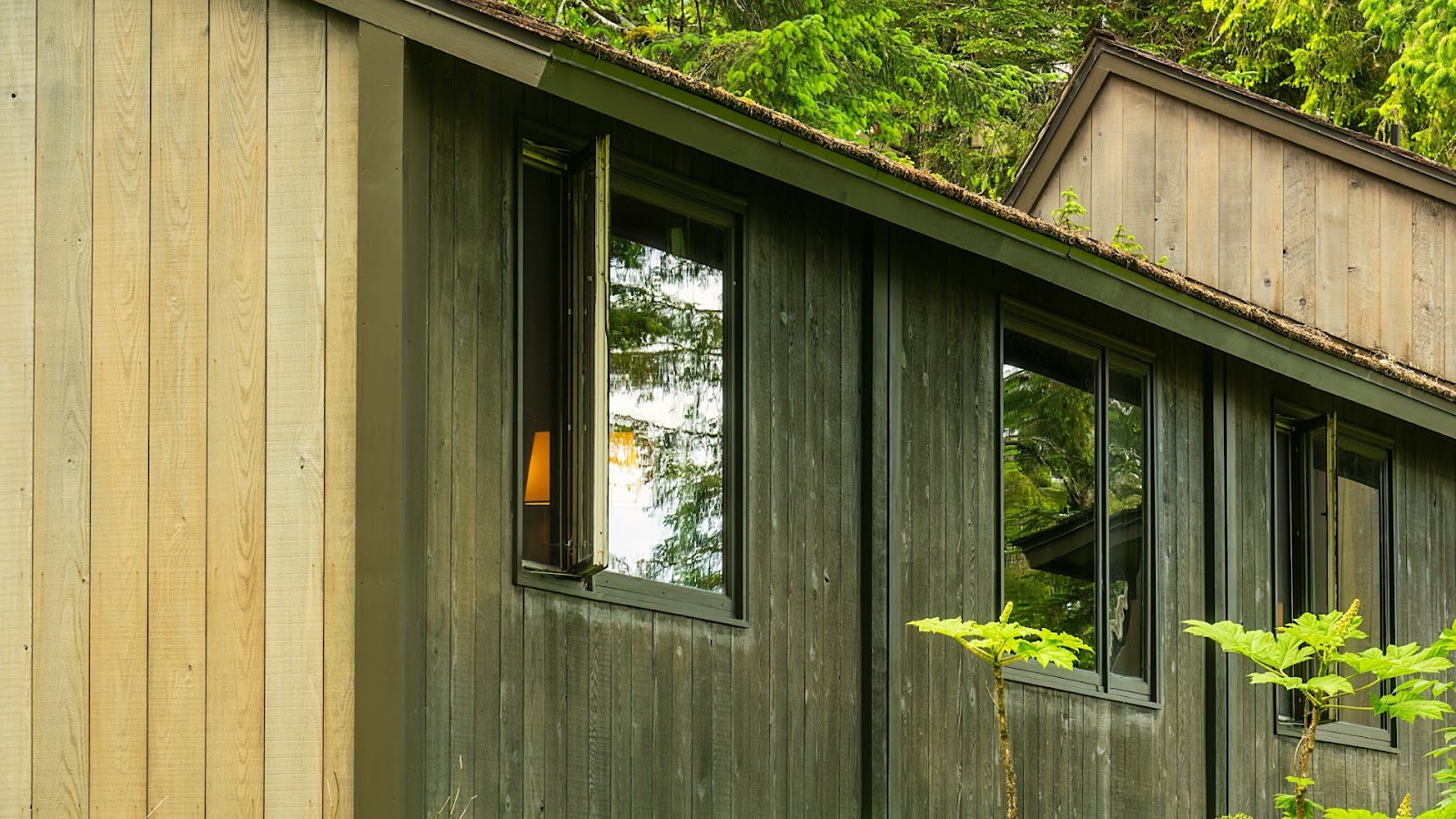
Glacier Bay Lodge offers rooms at Bartlett Cove. It’s a comfortable spot with its own restaurant and gift shop. Remember to book early—summer fills up fast.
Down by the cove, Bartlett Cove Campground is an option for campers. You’ll find:
- Basic toilets.
- Food lockers that bears can’t get into.
- Spaces for tents and smaller RVs.
Thinking about camping further out? That’s backcountry. You need a permit and must carry everything yourself. No facilities exist out there. Be ready to handle everything on your own.
Essential Gear
Don’t head to Glacier Bay without solid rain gear. Waterproof jackets and pants are absolute must-haves – rain happens often, and boat trips mean spray. Even in summer, you’ll want warm layers underneath. Fleece or wool works great under that rain shell.
Get sturdy hiking boots for your feet. Grip matters on slippery rocks and uneven ground. Waterproofing keeps feet dry and comfy all day.
Bring binoculars too. Spotting wildlife gets easier with them. Pick lighter ones so your arms won’t tire as fast.
The sun can be surprisingly strong here, bouncing off water and ice.
Protect yourself:
- Waterproof jacket & pants (frequent rain, boat spray).
- Warm mid-layers like fleece or wool (even summer).
- Sturdy waterproof boots with good traction (wet rocks, trails).
- Lightweight binoculars (wildlife viewing without arm strain).
- Sunglasses, hat, and sunscreen (intense reflected sun).
Summing Up

Glacier Bay National Park gives visitors wilderness like no other. It puts you right up against Alaska’s raw power. Maybe you’ll see glaciers break apart. Or catch whales leaping from water. Even just sitting there in pure quiet changes you.
This place creates memories that stick. It makes you really value wild Alaska.

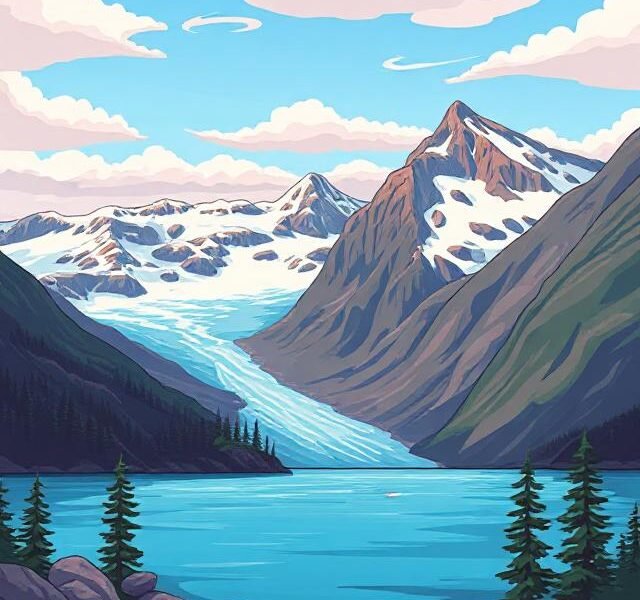



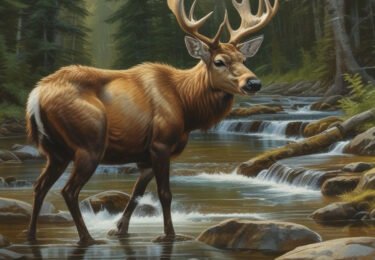
0 Comments